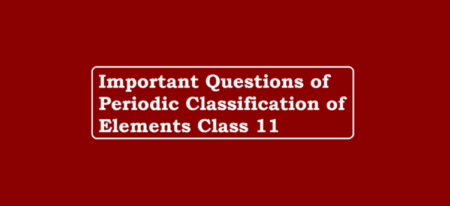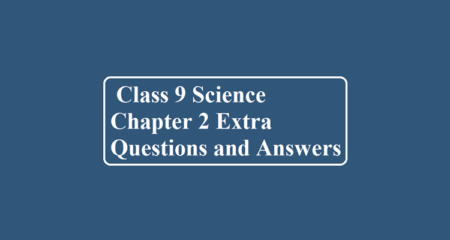Metals and Non-Metals Class 10 – Important Points
The post Metals and Non-Metals Class 10 – Important Points is about the summary of the whole chapter Metals and Non-Metals Class 10.
- Metals are lustrous, malleable, ductile and have high density.
- Metals are generally good conductors of heat and electricity.
- Metals form positive ions by losing electrons.
- All metals combine with oxygen to form metal oxides.
- Metal oxides are basic in nature.
- Metals react with chlorine to form electrovalent chloride of metals.
- Metals like Li, Na and Ca form hydrides with hydrogen.
- There are metal-bearing substances below the earth’s surface which are called Minerals.
- The minerals from which metals can be obtained profitably are called Ores.
- Flux is a substance added to the furnace charge to remove non-fusible impurities present in the ore.
- Flux combines with the non-fusible impurity to convert it into a fusible substance known as Slag.
- Nonmetals are generally bad conductors of heat and electricity.
- All nonmetals are electronegative.
- The function of limestone in the extraction of iron is to provide calcium oxide (CaO) for the formation of the slag CaSiO3.
- Alloy steels are prepared by adding a small quantity of nickel, cobalt, chromium, tungsten, molybdenum, manganese or silicon to steel.
- The heating of steel to redness and then cooling it slowly is called the Tempering of steel.
- Rusting of iron is an oxidation reaction which occurs in the presence of air and water.
- Aluminium is the most abundant metal in the earth’s crust.
- The process of extracting metals from their ores and refining them for use is called Metallurgy.
- The unwanted materials present in an ore are called Gangue.
- Froth floatation is a method used for the concentration of some ores.
- Calcination is the process of heating an ore strongly so that volatile impurities are removed.
- Roasting is the process of heating ore in a controlled supply of air at a controlled temperature.
- Smelting is the process of obtaining metals from their compounds.
- Bauxite is an ore from which aluminium metal is commercially obtained.
- The most important are of aluminium is bauxite (Al2O3.2H2O).
- The slow destruction of metals by the action of air, carbon dioxide, moisture, etc., is known as the corrosion of metals.
- An alloy consists of two or more metals, or a metal and a nonmetal. Brass is an alloy of copper and zinc.
- The property of an element to exist in two or more, different forms is known as allotropy.
- The most important ore of copper is copper pyrite (CuFeS2).
- Copper when heated in air at 300°C forms cupric oxide (CuO), while at 1000°C forms cuprous oxide (Cu2O).
- Silver does not react with water and hydrochloric acid. It, however, reacts with nitric acid to produce NO2
- Gold dissolves in aqua regia. Aqua regia is a mixture of conc. hydrochloric acid and conc. nitric acid in the volume ratio of 3:1.
- Lead on rubbing leaves a mark on the paper. Lead is the poorest conductor of heat.
- When heated with a concentrated solution of sodium hydroxide, Zinc gives off hydrogen gas, while sodium zincate is left in the solution.
- Sulphur is used in the vulcanization of rubber.
[pdfjs-viewer url=”https://sciencemotive.com/wp-content/uploads/2022/10/Metals-and-Non-Metals-Class-10-Important-Points.pdf” attachment_id=”4579″ viewer_width=100% viewer_height=800px fullscreen=true download=true print=true]
Advertisement


